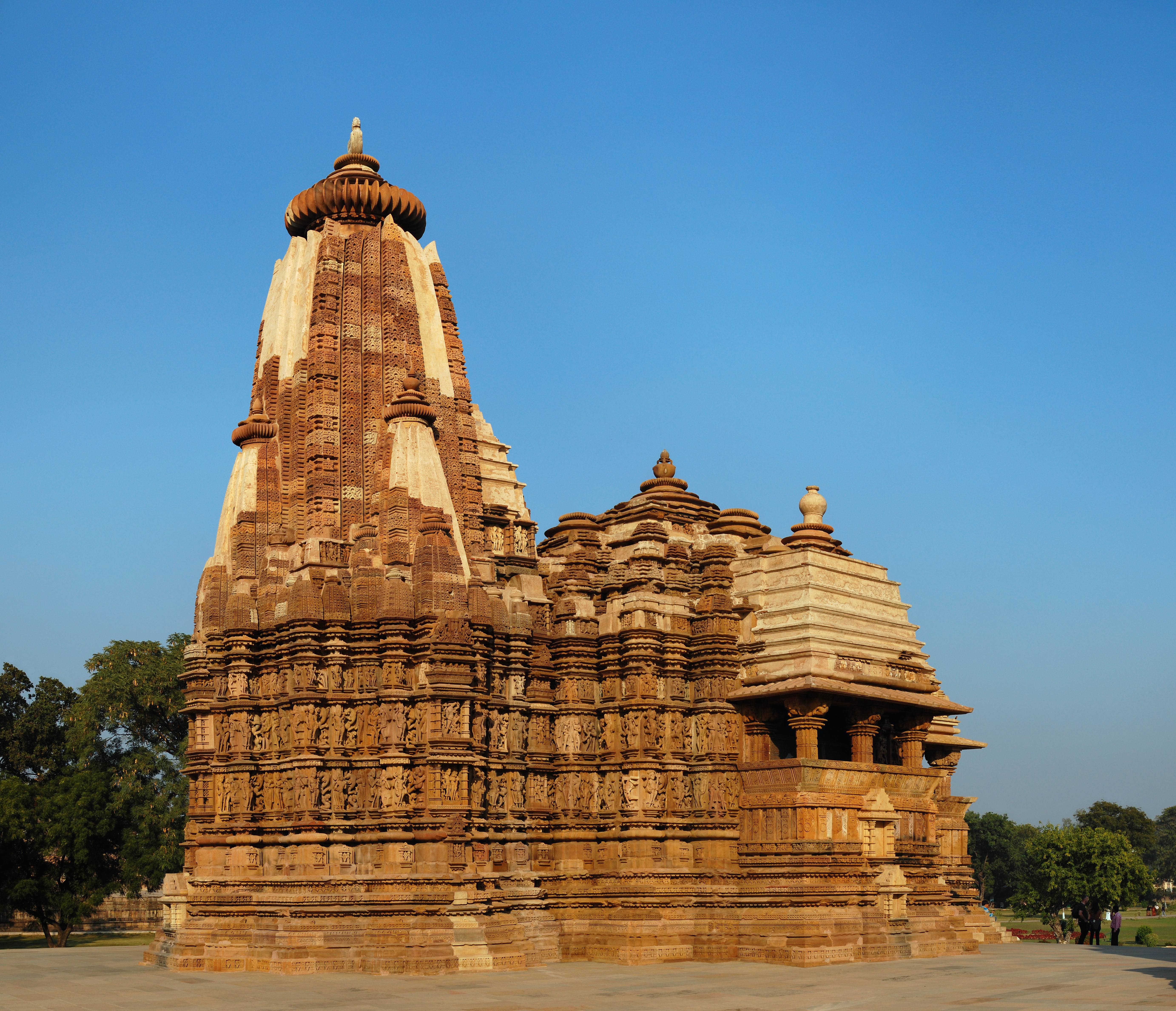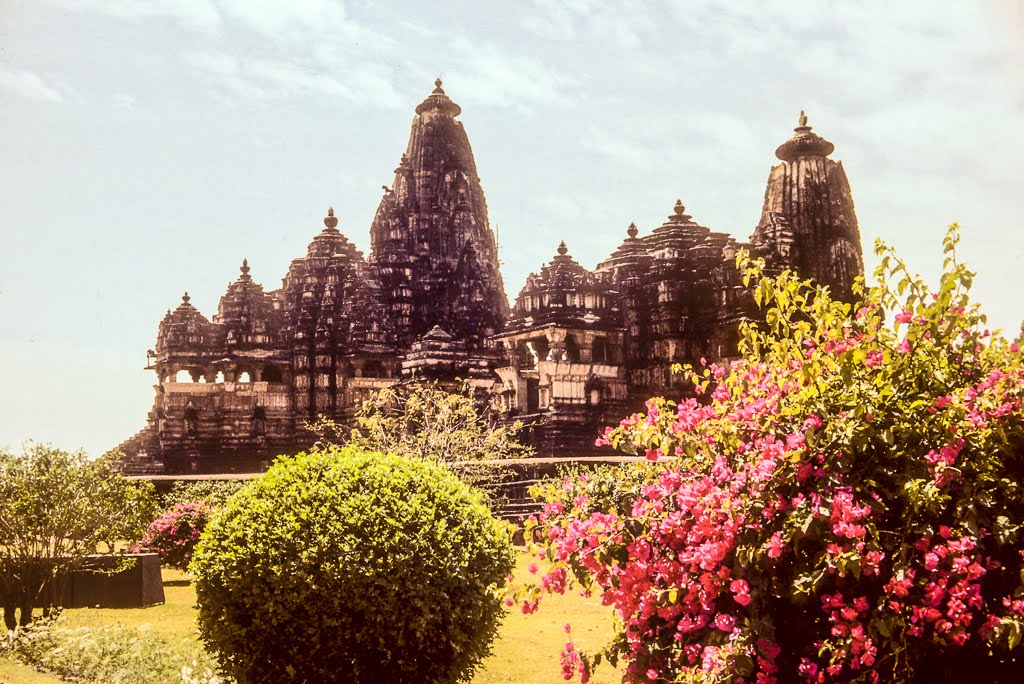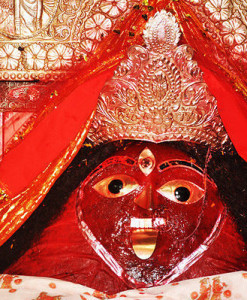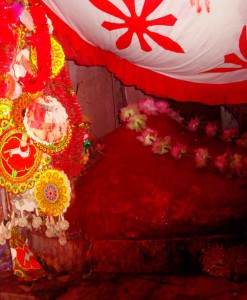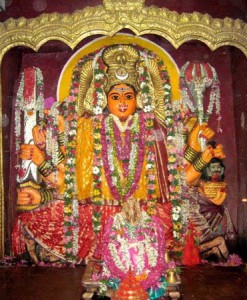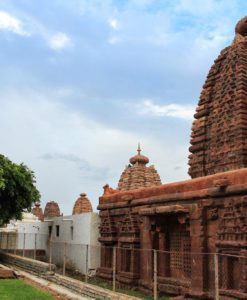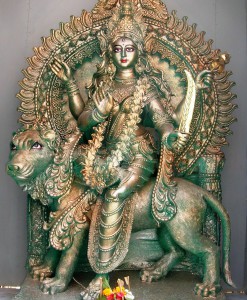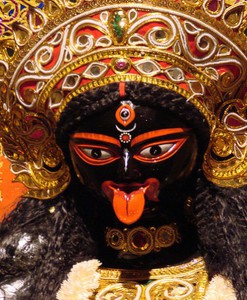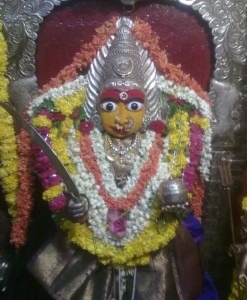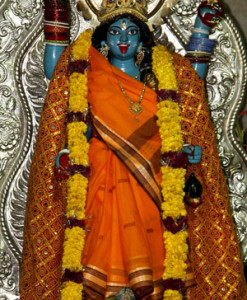No products in the cart.
Devi Jagadambi Temple also known as Jagadambika Temple, built by the Chandela rulers between 1000 AD to 1025 AD originally it was dedicated to Lord Vishnu as the East facing door, the prominence given to the Lord Vishnu on the doorway to the sanctum.
Few believe that Ma Kali (Jagadamba) is actually an image of Parvati, painted in black. The temple is on the same platform of the Kandariya Mahadev but small in height.
Devi Jagadambi Temple, Khajuraho,Madhya Pradesh
The small town of Khajuraho in the Chatarpur district is the site of dozens of Shiva, Vishnu, and Jain temples, which were built between the 9th and 12th centuries under the aegis of the Chandella dynasty which ruled in central India. Of about 85 temples said to have been erected at this site only about twenty-five have survived. The compact temples, none of which are very large, stand on high plinths (jagatis) lifting them from their environs, instead of the usual enclosure walls. The sensuous sculptures that decorate them, some of which are explicitly erotic, are among the masterpieces of Indian art. The sculptures have been read as relating to Tantric practices. Noted for its exquisite sculptures including several of erotic couples, the Jagadambi temple dates from the mid-11th century and has a sanctuary with a passageway preceded by a hall with a porch. The outer walls are completely covered with sculptures. Rearing beasts are positioned in the wall recesses.
Devi Jagadambika temple, in a group to the north, is one of the most finely decorated temples at Khajuraho, with numerous erotic carvings. Three bands of carvings encircle the body of the temple. In the sanctum is an enormous image of the goddess Devi.This is much smaller than the magnificent Kandariya Mahadev Temple. lt has a cross plan with only one set of balconies, only one mandap and no inner pradakshina patha. However, the Devi Jagdambi Temple has some of the loveliest sculptures in Khajuraho, and because of its medium height, most of them are easily visible. There is a wonderful representation of the dlihpolas in their rightful places, the awesome Yama and Nirriti on the south and southwest sides are especially noteworthy. The little niches on the south, west and north sides have endearing images of Vishnu, Shiva, and Brahma embracing their consorts. The south side lower niche has an image of Varaha, depicted with a human body and a boar head, emerging from the primeval waters carrying the earth goddess Bhudevi on his arm. She has placed her hand affectionately on his snout as if to pat the boar and thank him for rescuing her.
The temple is open for devotees from 7 AM to 6 PM.
By Road
Khajuraho city is very well connected by Jhansi, Orchha, Satna, Katni, Bandhavgarh, Chattarpur etc. Usually, tourists arrive at Jhansi Railway Station by train and take taxi car to travel to Khajuraho, via Orchha or directly. From Jhansi, Khajuraho is just 200kms.Similarly, those who are arriving at Satna railway station can hire a taxi from here to reach Khajuraho by road. Similarly, those who want to reach Khajuraho from Bandhavgarh, they can travel by road via Katni-Pawai-Amanganj-Panna of 240km/05:00hrs.
By Rail
The nearest railhead is the Khajuraho Railway Station at a distance of 9 km from the temple. Similarly those who wish to travel Khajuraho from Varanasi can now travel by Bundelkhand Link Express Train (1108A) which connects Khajuraho – Varanasi. Both are very much proposed in most of the proposed tour itineraries so with the introduction of this train, one can now travel more comfortably at low fare.
Those who are coming from Mumbai/Kolkata can reach Satna Railway Station to travel Khajuraho at a distance of 130kms.
By Air
The nearest airport is the Khajuraho Airport at a distance of 9.2 km from the temple.

